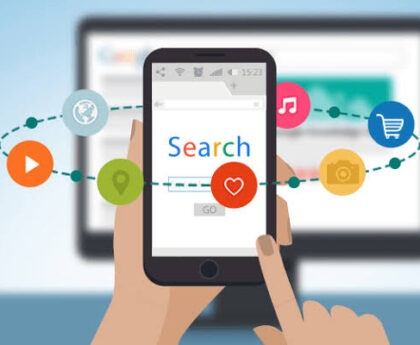
Struggling to identify and solve customer pain points? You’re not alone. Understanding what truly bothers your audience is the secret sauce to boosting conversions and creating impactful marketing strategies. Whether it’s through direct feedback, social listening, or analyzing data patterns, uncovering these pain points allows you to tailor your solutions and position your brand as a problem-solver. In this blog, we’ll break down practical steps to not just identify but also effectively address customer pain points — turning their struggles into your strengths. With a customer-centric approach, you’ll build trust, drive engagement, and skyrocket your brand’s growth. Let’s crack the code to customer satisfaction!
Table of Contents
- Introduction: Why Identifying Customer Pain Points is Crucial
- What Are Customer Pain Points?
- Types of Customer Pain Points
- How to Identify Customer Pain Points
- Effective Strategies to Solve Customer Pain Points
- Conclusion: Turn Pain Points into Powerful Solutions
Why Identifying Customer Pain Points is Crucial
In the fast-paced world of marketing, the key to winning your audience’s heart lies in your ability to identify and solve customer pain points. It’s not just about promoting a product — it’s about showing how your product can solve a real problem.
Ignoring your customers’ pain points means missing out on a golden opportunity to build loyalty and trust. When you address their concerns head-on, you’re not just selling — you’re offering a solution. Let’s dive deeper into what these pain points are and how you can tackle them like a marketing strategist.
What Are Customer Pain Points?
Customer pain points are specific problems your potential or existing customers face while interacting with your brand, product, or service. These pain points could be anything — from complicated checkout processes to poor customer service.
Recognizing these issues helps you fine-tune your offerings and create a seamless customer journey. By doing so, you establish yourself not just as a service provider but as a problem solver.
Types of Customer Pain Points
To identify and solve customer pain points, you must first understand their types. Here’s a breakdown:
- Financial Pain Points
Customers feel your product or service is too expensive or doesn’t provide enough value for its cost. - Process Pain Points
Friction during the buying journey — slow websites, complex checkouts, or confusing interfaces — can drive potential customers away. - Support Pain Points
Lack of adequate customer support or delayed responses can frustrate users. - Productivity Pain Points
When customers feel your product isn’t saving them time or effort, they start looking for alternatives.
By categorizing these pain points, you can design tailored solutions for each type.
How to Identify Customer Pain Points
Finding your customers’ struggles requires more than just guesswork. Here are some foolproof methods to identify and solve customer pain points:
1. Listen to Customer Feedback
Use surveys, feedback forms, and online reviews. Customers often voice their concerns openly — all you need to do is listen.
2. Monitor Social Media Conversations
Social listening tools help track brand mentions and customer sentiments, revealing common complaints and expectations.
3. Analyze Website Behavior
Heatmaps and user journey analytics highlight friction points, showing where customers drop off or hesitate.
4. Engage Your Sales and Support Teams
Your frontline teams interact with customers daily. Their insights can uncover recurring pain points and urgent concerns.
5. Conduct Competitor Analysis
Identify gaps in your competitors’ offerings and leverage those insights to address unfulfilled customer needs.
By combining these methods, you’ll get a 360° view of what bothers your audience.
Effective Strategies to Solve Customer Pain Points
Once you’ve identified customer pain points, it’s time to fix them. Let’s explore actionable solutions:
1. Personalize Customer Experience
Tailor recommendations and solutions based on user data. Personalized experiences build trust and improve satisfaction.
2. Simplify Processes
Reduce friction by streamlining checkouts, improving site speed, and clarifying confusing steps.
3. Offer Transparent Pricing
If financial pain points arise, provide clear pricing models, discounts, or value comparisons to ease concerns.
4. Strengthen Customer Support
Implement live chat, AI bots, and 24/7 support to address issues instantly. Fast support builds credibility.
5. Educate Your Audience
Create how-to guides, tutorials, and webinars to empower customers — helping them see the true value of your product.
By proactively addressing these pain points, you not only win over customers but also solidify brand loyalty.
Conclusion: Turn Pain Points into Powerful Solutions
The secret to brand success lies in your ability to identify and solve customer pain points. By understanding what frustrates your audience, you can craft meaningful solutions that foster trust and drive conversions.
Start by listening to feedback, leveraging data, and fine-tuning your strategies. Don’t just sell a product — sell a solution. Position yourself as the go-to brand that genuinely cares about its customers’ struggles.
Are you ready to turn customer pain points into your brand’s biggest strength? Let’s get started today — because solving problems is the new selling.





